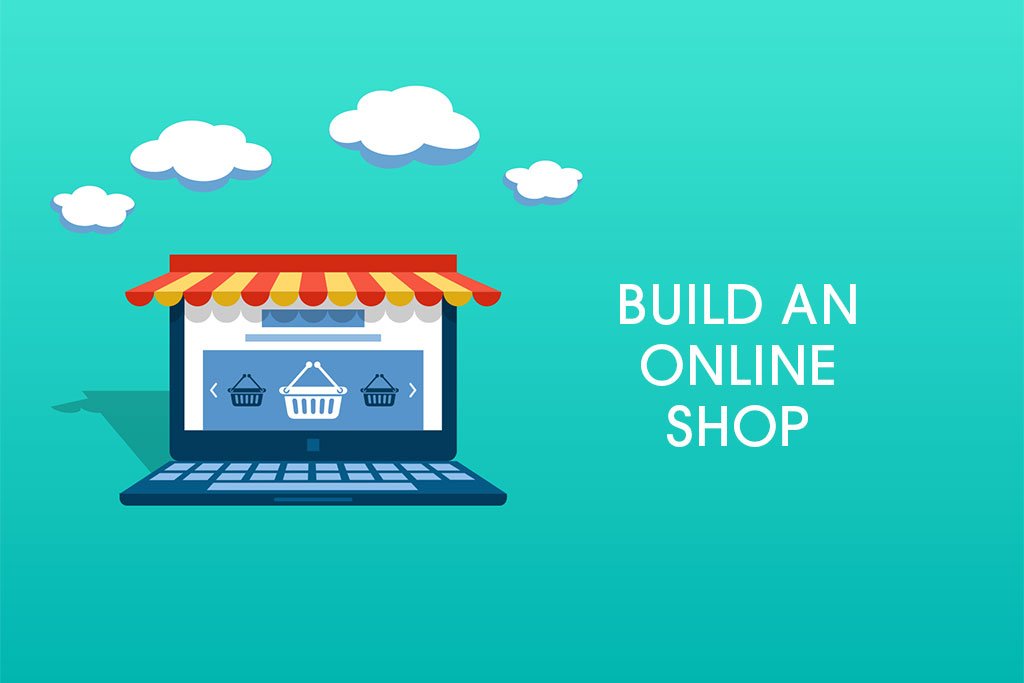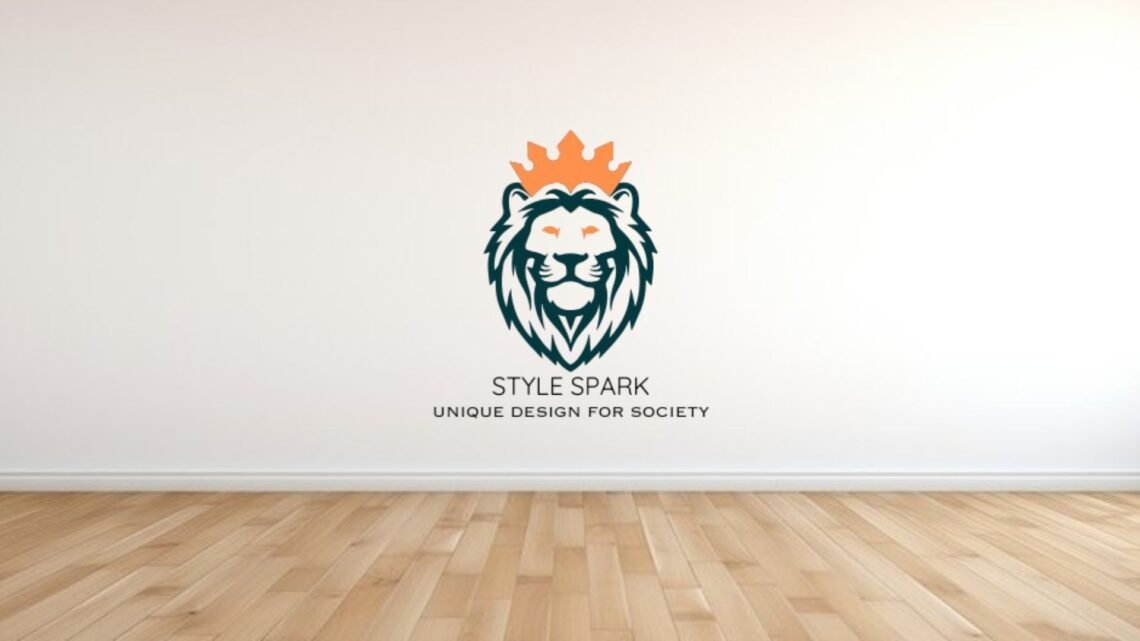INTRODUTION:
Starting an online t-shirt business is an exciting and profitable venture, especially with the growing demand for custom and unique designs. Whether you’re passionate about fashion, graphic design, or simply want to turn your creativity into a business, launching an online t-shirt store is a great way to enter the e-commerce world.
In this guide, we’ll walk you through the essential steps to get your t-shirt business up and running. From finding your niche and designing your shirts to setting up an e-commerce platform and marketing your brand, we’ll cover it all. With the right approach and a strong strategy, you can build a successful online t-shirt business that stands out in a competitive market.
STEP BY STEP :
Table of Contents
- RESEARCH YOUR NICHE
- PLAN YOUR BUSINESS
- CREATE YOUR DESIGN
- SET UPONLINE SHOP
- SOURCE YOUR T-SHIRT
- SET UP PAYMENT&SHIPPING
- MARKET YOUR T-SHIRT BUSINESS
- FOCUS ON YOUR CUSTOMERS
- TRACK & IMPROVE
1. Research Your Niche
When starting your online t-shirt business, it’s important to consider key factors that will help you stand out in a competitive market:

- Target Audience: Define your target audience to focus your efforts. Are you catering to a specific age group, profession, hobby, or interest? For example, you could create custom t-shirts for gamers, fitness enthusiasts, eco-conscious individuals, or pet lovers.
- Design Style: Decide on the type of designs you’ll offer. Will you focus on funny, motivational, or artistic t-shirts? Alternatively, you could specialize in custom graphic tees, minimalist designs, or vintage-inspired themes that appeal to different customer tastes.
- Competitive Analysis: Study other successful online t-shirt brands. Identify what makes them stand out and determine what you can do differently or better. Whether it’s unique designs, better quality, or a more personalized customer experience, understanding your competition will help you find your niche and position your brand for success.
2.Plan Your Business
Starting your online t-shirt business involves making several key decisions to ensure your brand is unique and profitable. Here’s a breakdown of essential steps:

- Brand Name & Identity: Choose a distinctive name that reflects your business vision and resonates with your target audience. Your brand identity should align with your t-shirt designs and the overall message you want to communicate, whether it’s humor, creativity, or a specific niche.
- Business Model: Determine your business model. Will you handle everything yourself—designing, printing, and shipping your t-shirts—or will you opt for a print-on-demand service to manage production and fulfillment? Print-on-demand services are ideal for newcomers, as they reduce upfront costs and eliminate inventory management.
- Pricing Strategy: Set a competitive price for each t-shirt by considering your production costs, the value you offer, your target audience, and what competitors charge. Aim to balance affordability with a price that allows for a reasonable profit margin.
- Marketing & Sales Strategy: Plan how to promote your business and where you’ll sell. Will you create your own website, sell on platforms like Etsy, or use social media channels like Instagram and TikTok to reach your audience? Develop a strategy for driving traffic, whether through organic content, influencer collaborations, or paid advertising.
3.Create Your Designs
Your designs are the heart of your T-shirt business. You can either:

- Design Yourself: If you have a creative flair, you can design your t-shirts using tools like Adobe Illustrator, Photoshop, or free design software like Canva. These platforms give you complete control over your designs and allow you to create custom artwork that perfectly matches your brand vision.
- Hire a Designer: If design isn’t your strength, don’t worry! You can hire a freelance designer from platforms like Fiverr, Upwork, or 99designs. This allows you to get professional designs tailored to your brand, without the need for design skills.
- Use Templates or Design Software: If you’re not into designing from scratch, many print-on-demand services like Printful or Teespring offer pre-made templates and design tools. These are great options for creating high-quality designs quickly and easily, and they’re especially useful if you’re new to the design process.
- By choosing the right design method, you’ll be able to create appealing t-shirts that resonate with your target audience and help your brand stand out.
4. Set Up Your Online Shop
When it comes to setting up your online store, there are several platforms to choose from, each with its own benefits. Here’s a breakdown of popular options for selling your t-shirts:

- Shopify: Shopify is an excellent choice for those who want an all-in-one e-commerce solution. It offers easy setup, integrated payment gateways, and a wide selection of professional themes. It’s perfect for scaling your business with built-in marketing tools and inventory management.
- Etsy: If you’re just starting out and want to tap into an existing audience, Etsy is a great option. It’s a marketplace for handmade, vintage, and unique items, making it ideal for small businesses that want to reach customers looking for custom or creative products.
- Print-on-Demand (POD) Platforms: If you prefer not to manage inventory, you can use POD services like Printful, Teespring, or Redbubble. These platforms allow you to upload your designs, and they handle the printing, packing, and shipping directly to your customers. This is a low-risk option to get started with minimal upfront costs.
- WooCommerce: For more control and flexibility, WooCommerce is a powerful option. By integrating WooCommerce with a WordPress site, you can build a fully customized online store. This platform is ideal for those who want complete control over their website design and the ability to scale as their business grows.
- Each platform has its pros and cons, so choosing the right one depends on your budget, technical skills, and the level of control you want over your business.
5. Source Your T-shirts
If you’re not using a print-on-demand service, you’ll need to find a supplier for blank T-shirts. Key factors to consider when selecting a supplier:

- Quality of the T-shirts: Research fabric types (e.g., cotton, polyester) and make sure the shirts you select are comfortable and durable.
- Print Quality: If you’re using a print-on-demand service, check sample prints to ensure the design quality matches your standards.
- Supplier Reputation: Check reviews and ensure the supplier has a track record of timely deliveries and good customer service.
6. Set Up Payment & Shipping
For your online store, you need a system to handle payments and shipping:

- Payment Gateways: Set up payment options such as PayPal, Stripe, or credit card payments to make it easy for customers to buy.
- Shipping Options: Choose whether you’ll offer free shipping, flat-rate shipping, or variable rates based on customer location. With print-on-demand services, shipping is handled for you, but if you’re fulfilling orders yourself, research reliable shipping carriers.
7. Market Your T-shirt Business
Once your store is set up, it’s time to get the word out. Here are some marketing strategies:

- Social Media Marketing: Use platforms like Instagram, TikTok, and Facebook to promote your designs. Post frequently, engage with your followers, and use hashtags to reach a wider audience.
- Influencer Marketing: Partner with influencers who align with your niche. They can wear your T-shirts and promote your brand to their audience.
- SEO (Search Engine Optimization): Optimize your website and product listings to appear in Google search results for relevant keywords like “custom graphic tees,” “funny T-shirts for gamers,” etc.
- Email Marketing: Build an email list and send regular updates, promotions, and new design launches to your subscribers.
- Paid Ads: Use Facebook and Instagram ads to target specific groups of people who may be interested in your products.
8. Focus on Customer Service
Customer satisfaction is key to building a successful T-shirt business. Ensure that your customers:

- Receive their orders on time.
- Get quick and helpful responses to inquiries.
- Have an easy way to return or exchange products if necessary.
9. Track & Improve
After launching, keep an eye on key performance metrics such as:
- Sales: Which designs are selling the best? Are there patterns you can follow for future designs?
- Traffic: How much traffic is coming to your website? Are your marketing efforts bringing in customers?
- Customer Feedback: What are customers saying about your designs, product quality, and service?

